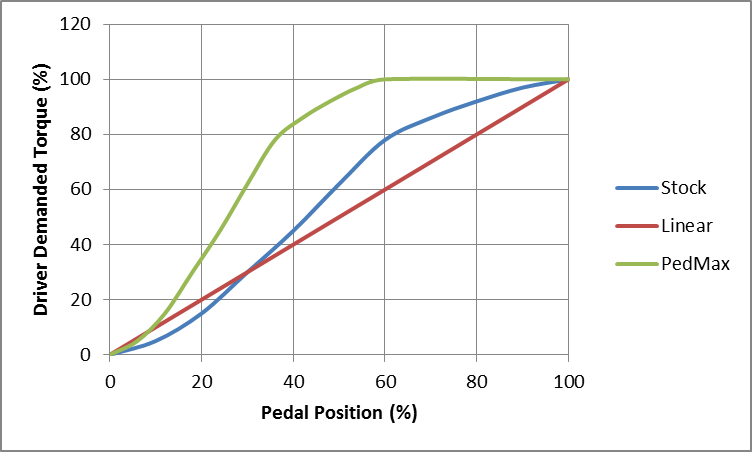5LITERV8
Well-Known Member
OK, that's interesting. So you are saying that the factory throttle signal is good but the stock tune limits the available torque until you go WOT? I have never seen the actual signal/data behind it so I would know any different. So what's the reason behind this? Higher MPG when tested? Lower emission when tested?
Sponsored

 .
.
